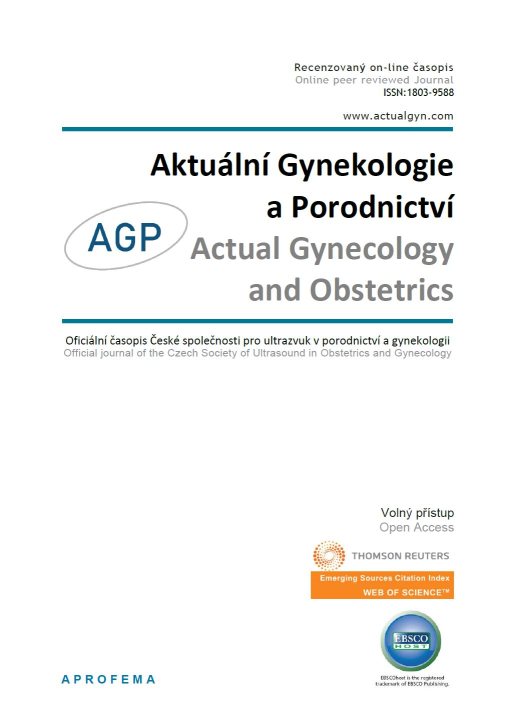











 Official publication of the Czech Society of Ultrasound in Obstetrics and Gynecology.
Official publication of the Czech Society of Ultrasound in Obstetrics and Gynecology.

Introduction: This study was conducted to determine the occupational burnout and its dimensions in Babol hospital personnel, as well as determining the levels of work, social support and self-esteem in these staffs.
Methods: In this study, demographic information questionnaire was distributed internally among 130 hospital personnel. Maslach Burnout Inventory (MBI) was used to measure the severity of occupational burnout. In the Maslach inventory, the frequency of the studied units in each of the occupational burnout dimensions including: emotional exhaustion, personality depersonalization and decrease in personal adequacy with a Likert scale in a low-medium and high-grade manner were evaluated and data analysis was performed by SPSS 21 software and descriptive-analytic tests.
Findings: Regarding the dimensions of occupational burnout, the findings indicated that the mean of personal adequacy was 31.78 ± 8.726 out of the total score of 48, the mean of emotional exhaustion in the employees was 26.53 ± 12.624 out of the total score of 54 and the mean of the personality depersonalization was 5.70 ± 5.444 out of the total score of 30. Personality adequacy was low in 43.8 % of employees, emotional exhaustion was high in 47.7 % of people and personality depersonalization was low in 69.2 % of people. There was a significant correlation between occupational burnout dimensions and variables of gender, work history, marital status, place of employment, occupation and work experience of staff (p < 0.05), the rate of workload with emotional exhaustion (p = 0.000 and r = -0.608) and personality depersonalization (p = 0.000 and r = -0.357) showed a significant and inverse correlation.
Conclusion: The total amount of occupational burnout in the staff was related to emotional exhaustion (moderate), personality depersonalization (low) and personal adequacy (low).